“The only way to really understand history is to think of the individuals. To dig into their personal life. As an artist and story teller, what I do is to understand personal stories and take them to public platforms.”—Dor Guez
Fouad Elkoury (b. 1952, Paris) Lives and works between Paris, Beirut and Istanbul
A humanist with a lens as his megaphone. Since 1979, his camera has portrayed grand, regal, dignified ruins whilst captured glimpses of tenderness, hope and charm from ordinary people’s lives at times of war. A tireless traveler, he started documenting daily life in war-torn Lebanon in the late 70s. Since then he has developed a strong body of work in Egypt, Gaza and the Occupied Territories, Turkey, Eastern Europe, etc.
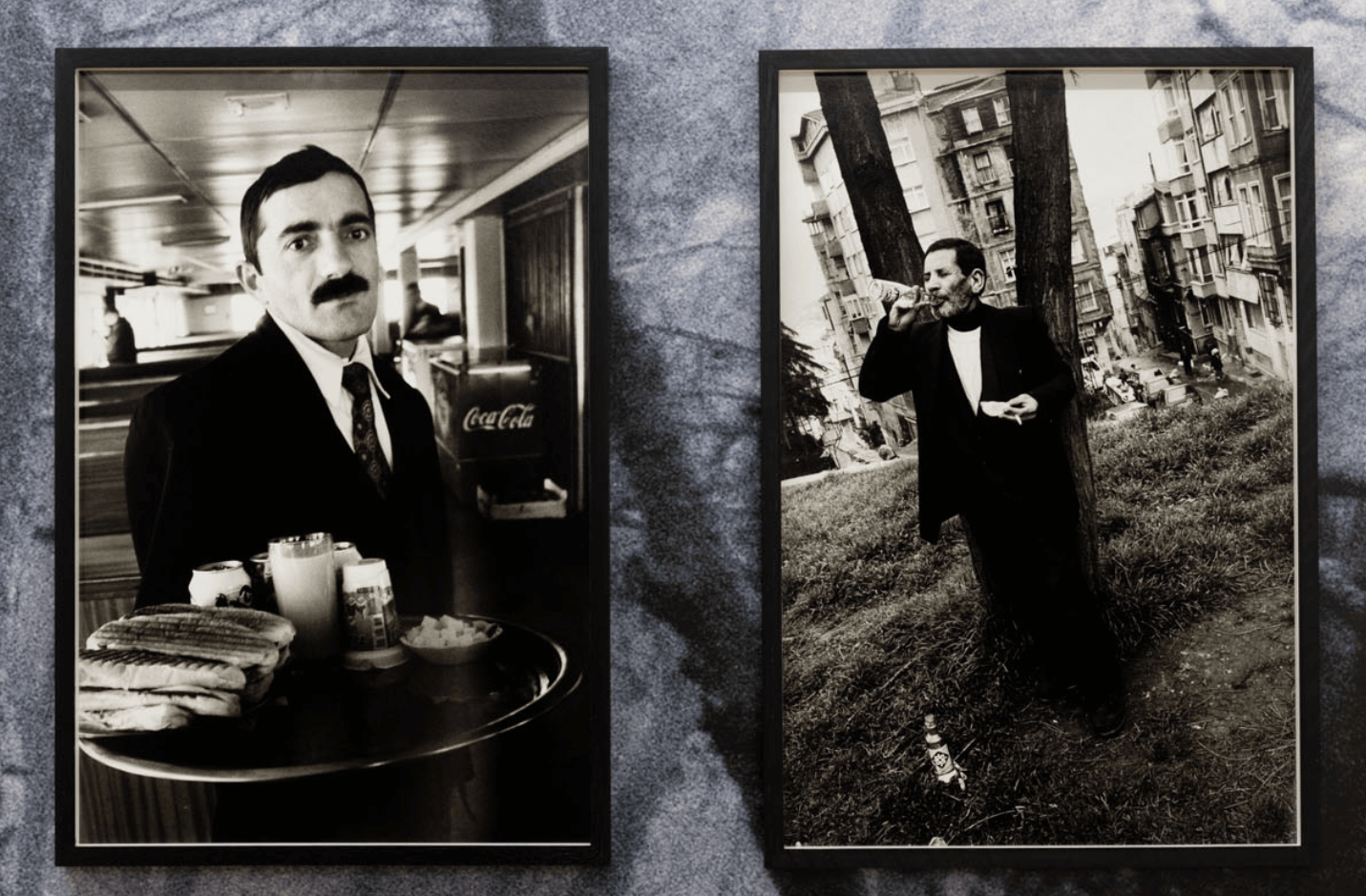
Installation view
Courtesy the artist and Rodeo, London

Courtesy the artist and Rodeo, London
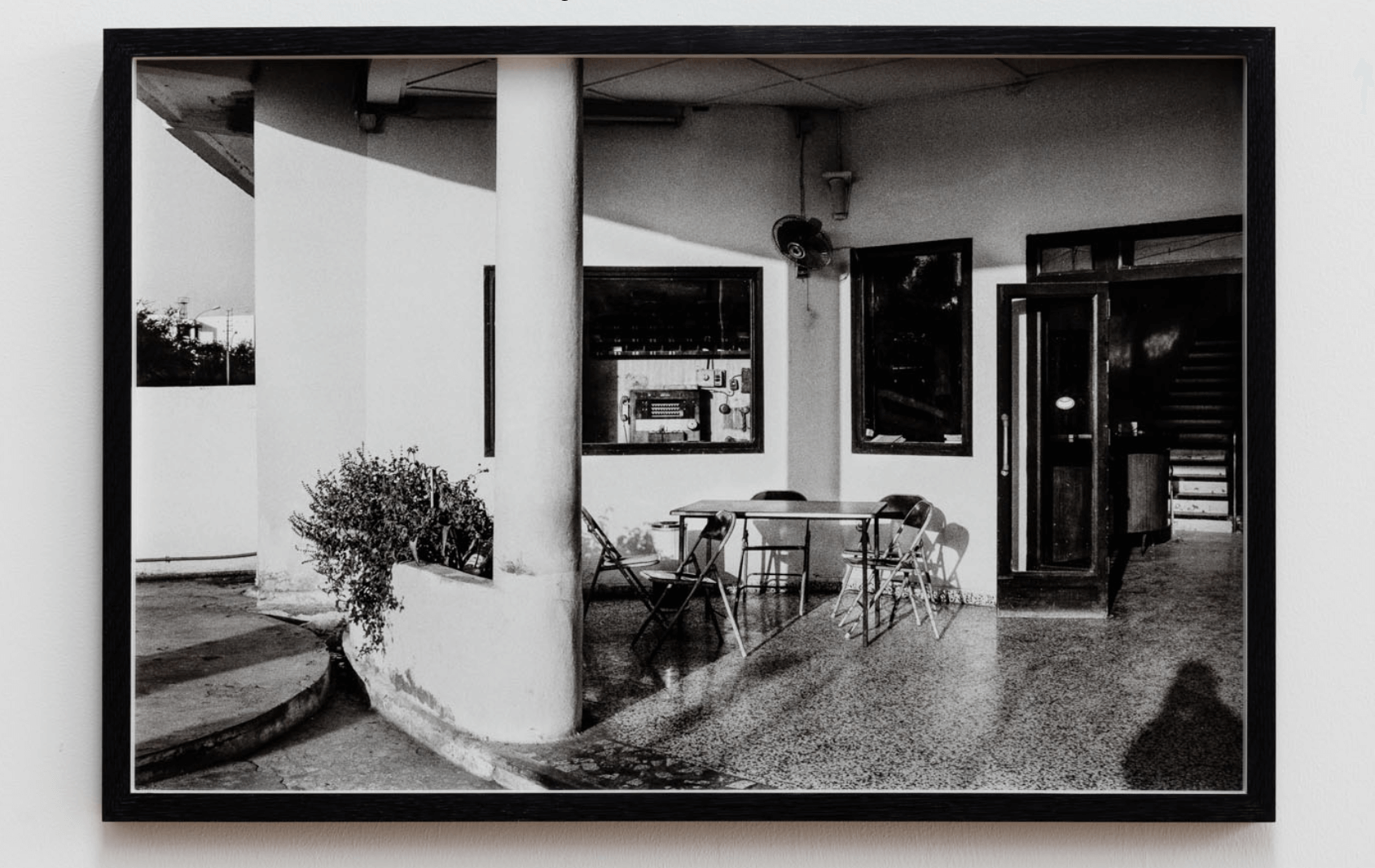
Courtesy the artist and Rodeo, London
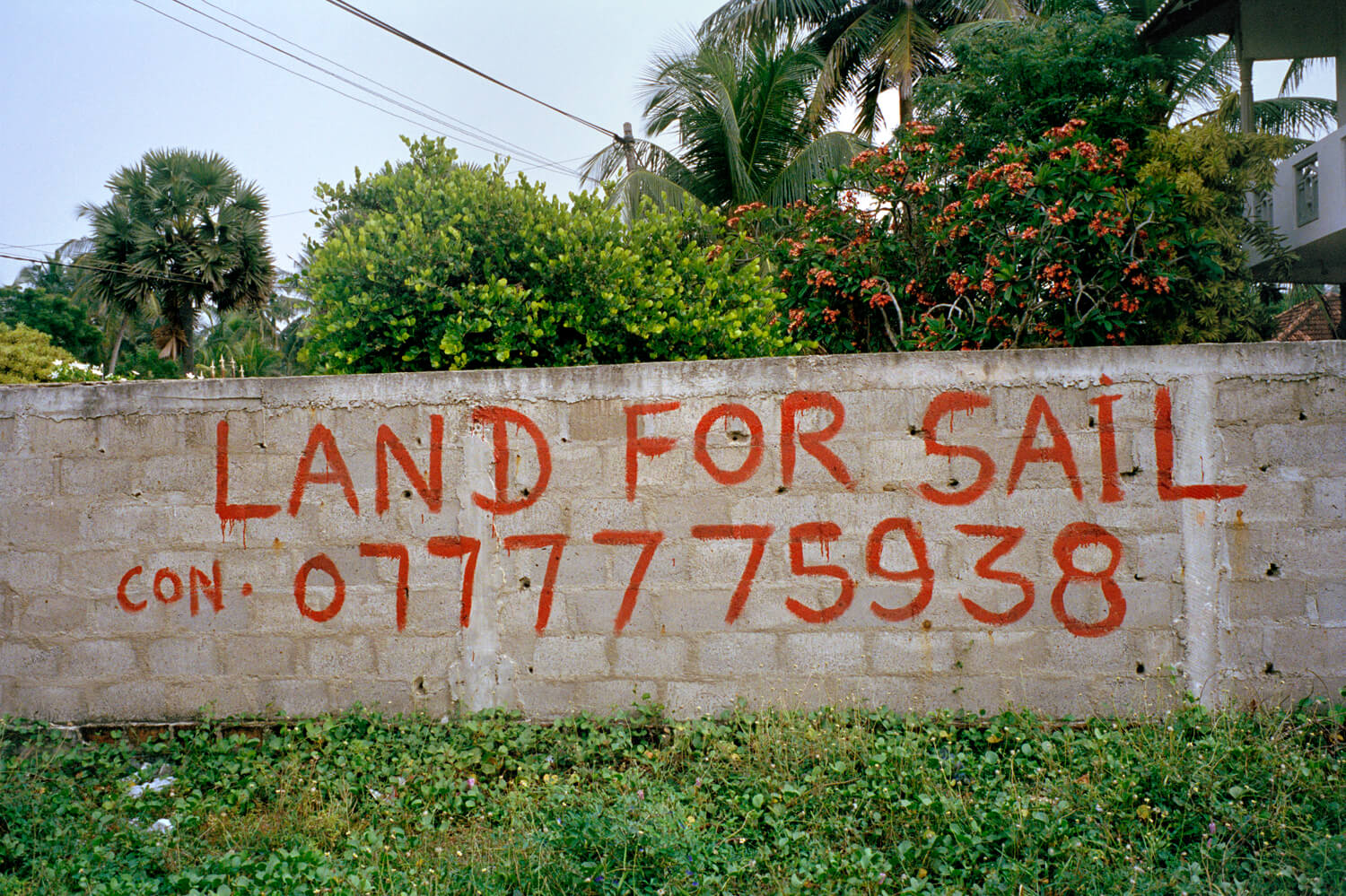
Courtesy the artist and Rodeo, London
Blues for the Orient at Rodeo gallery is a delightful opportunity to see a little portion of Elkoury’s work from his travels around the Mediterranean. As the exhibition text confirms: “It [Elkoury’s work] carries the dandyism the world used to have, not the one of fancy imperial follies, but the one that really embraces the everyday life in its entirety.” Catch it by September 24th at Rodeo in London and actually, keep visiting. The works on show change throughout the duration of the exhibition.
Vartan Avakian (b. 1977, Byblos) Lives and works in Beirut
This is photography reinvented. Working with video, photography and natural materials, Avakian proposes an original understanding of memory, as a physical trace; something between archeology and alchemy.
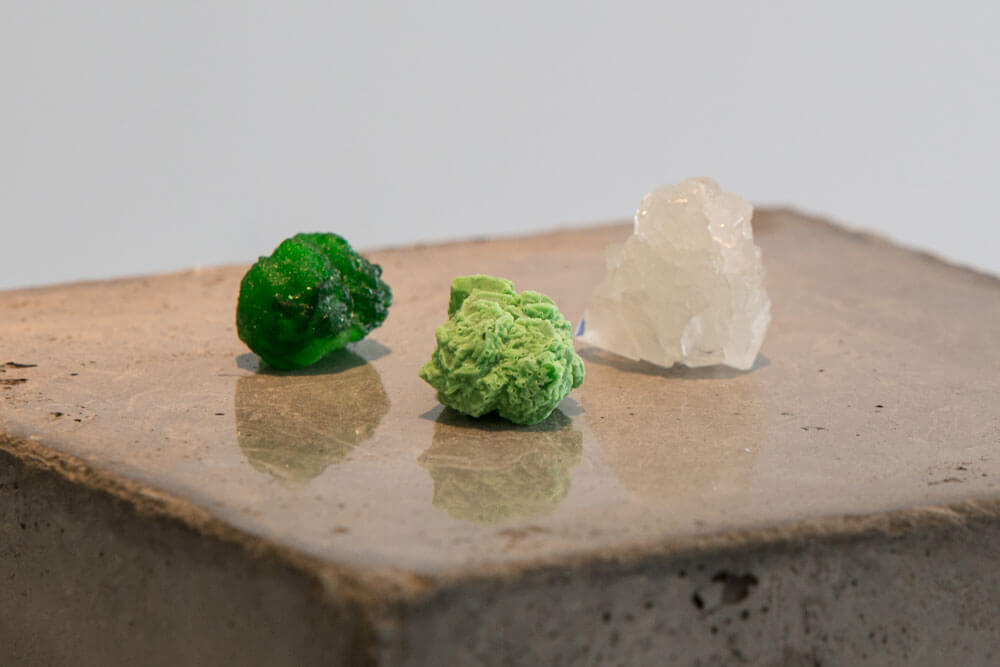
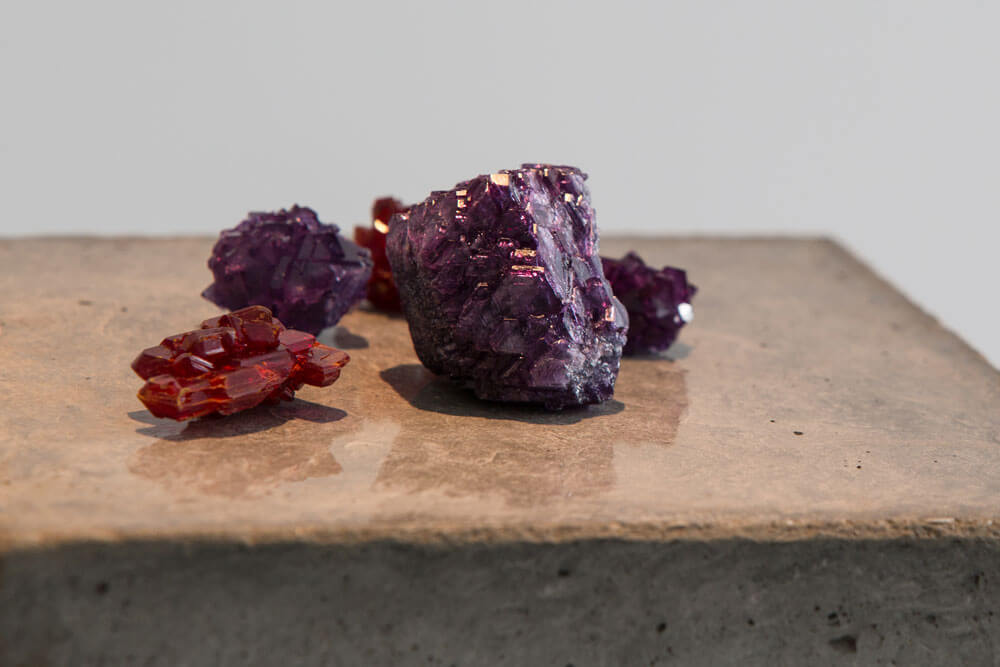
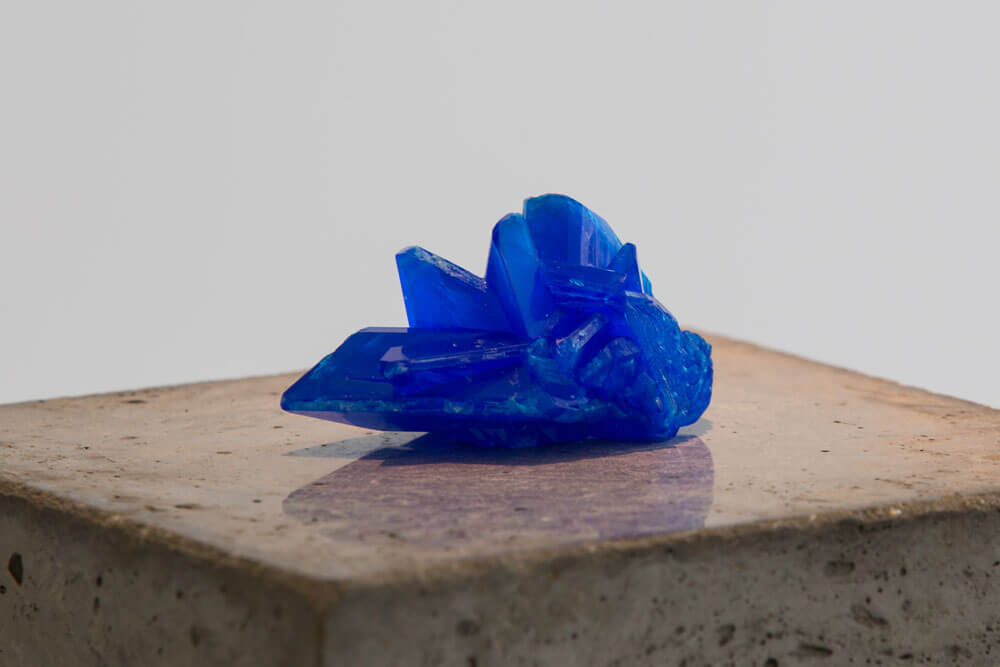
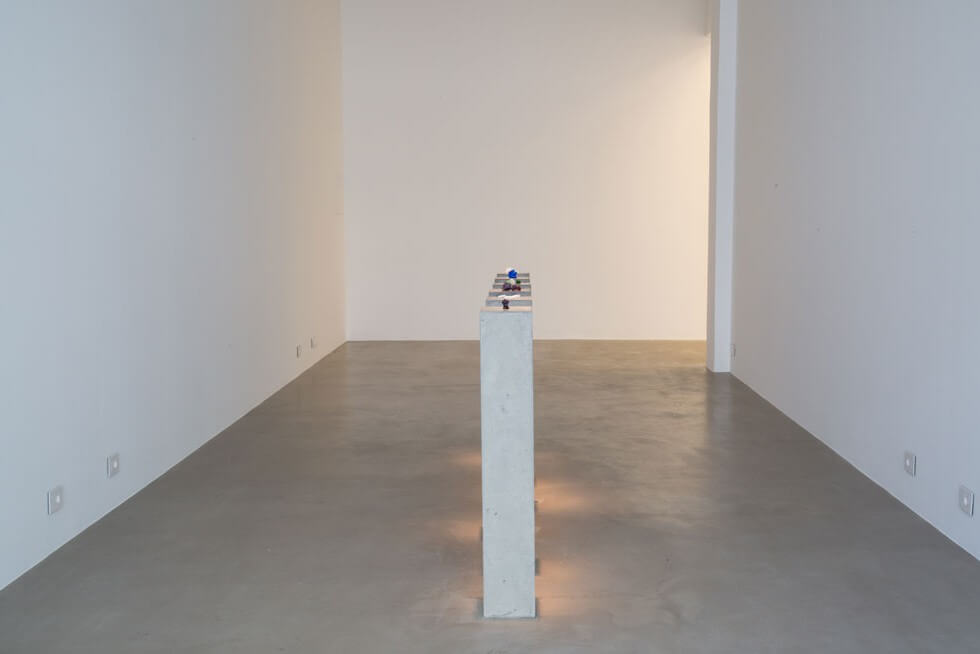
Installation view detail
Courtesy the artist and Marfa’ Projects
Collapsing Clouds of Gas and Dust is a series of crystals made from dust collected from an abandoned photo studio in the Barakat Building, a historic landmark of Beirut and the site of the future museum of the history and memory of the city. Avakian sees dust and debris as material signifier of the ordinary activity that is continuously accumulated on spaces. In reconstructing these remains into physical objects, the work speaks of historical and material weight accumulated over time.

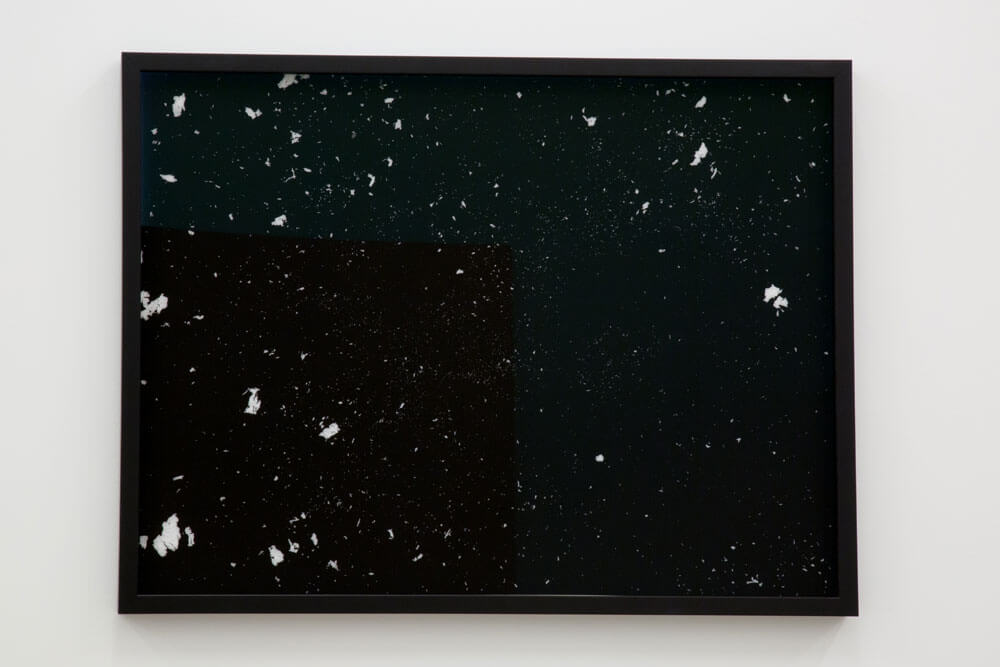

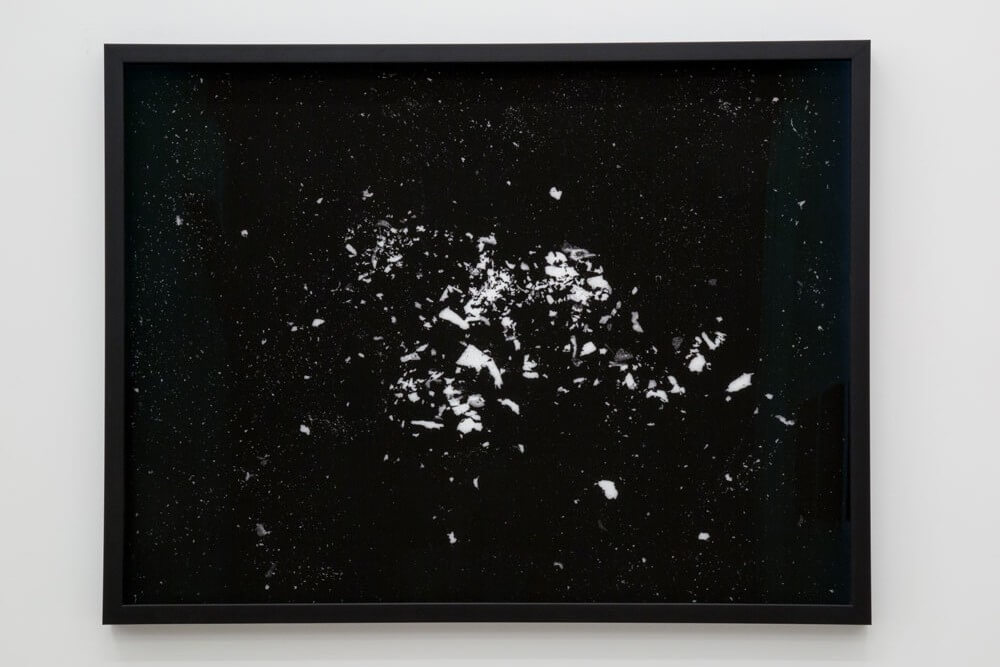
Courtesy the artist and Marfa’ Projects
Suspended Silver is a photographic series made from silver film fragments found in the dust. The particles that produced the original photographs are reshaped into new photographs that bare the physical traces of the originals just as it renders them remote and cryptic.
Dor Guez (b.1983, Jerusalem) Lives and works in Jaffa
“Written history is more like an outline of what is not written”. Listening to Guez astonishes me because of his clarity and conviction. A young voice speaking poetically but with lucidity and determination about identity, self-definition, meta narratives and how to disturb the established narratives. As an artist of Christian Palestinian and Jewish Tunisian descent, he is considered a leading and critical voice from the Middle East whose practice questions unwritten histories. “It is not only Israel; every country has got an alternative narrative and it is the job of the minority to create an opposition to that.”
A work in five parts, The Sick Man of Europe is a term taken from the end of the 19th century to describe the collapse of the Ottoman Empire. Guez uses it to examine the military history of several states in the Middle East through the stories of artists who were recruited to the army and took part in various 20th century wars. The wars left their mark on the artists, who stopped creating work once they became soldiers.
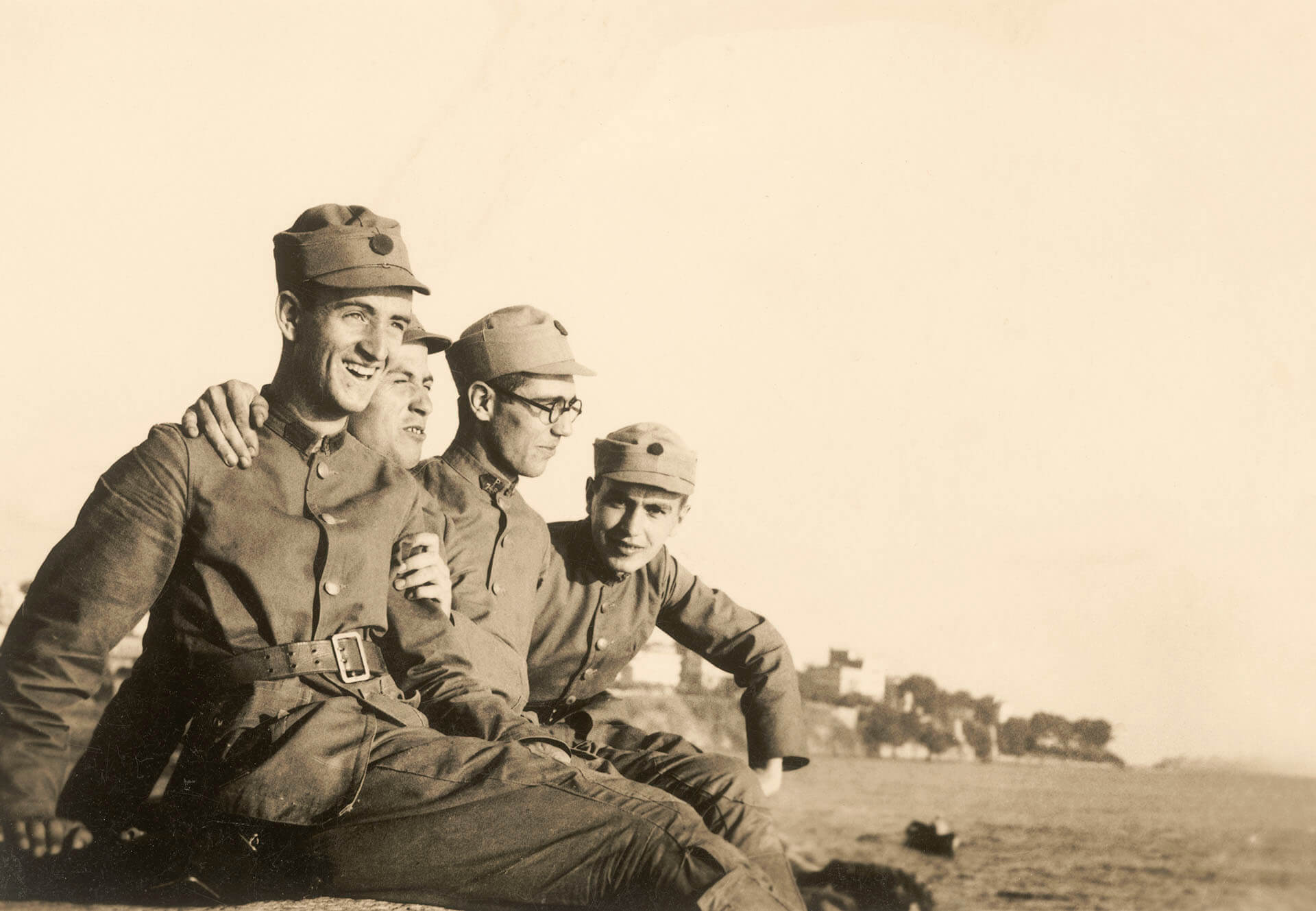
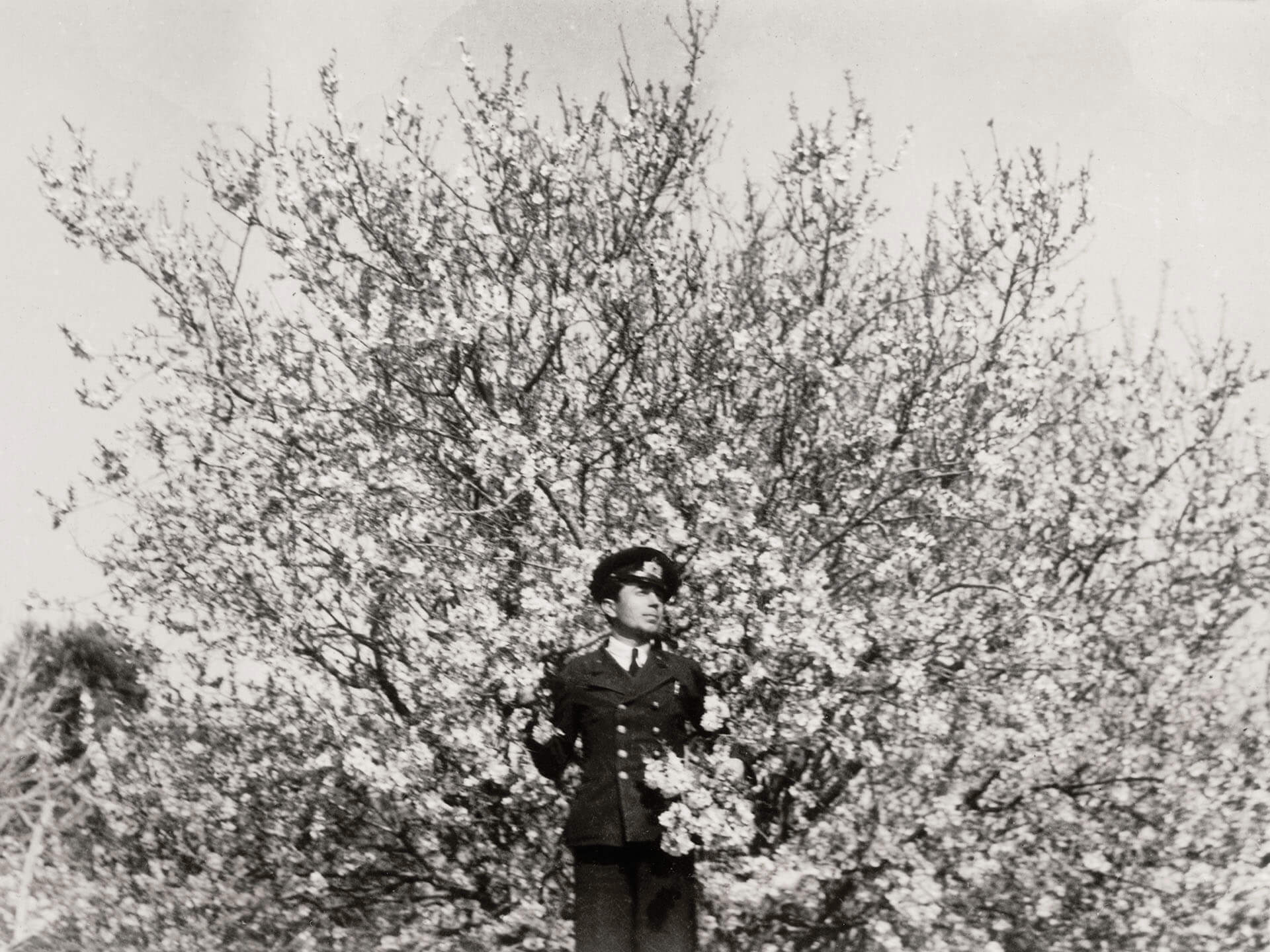
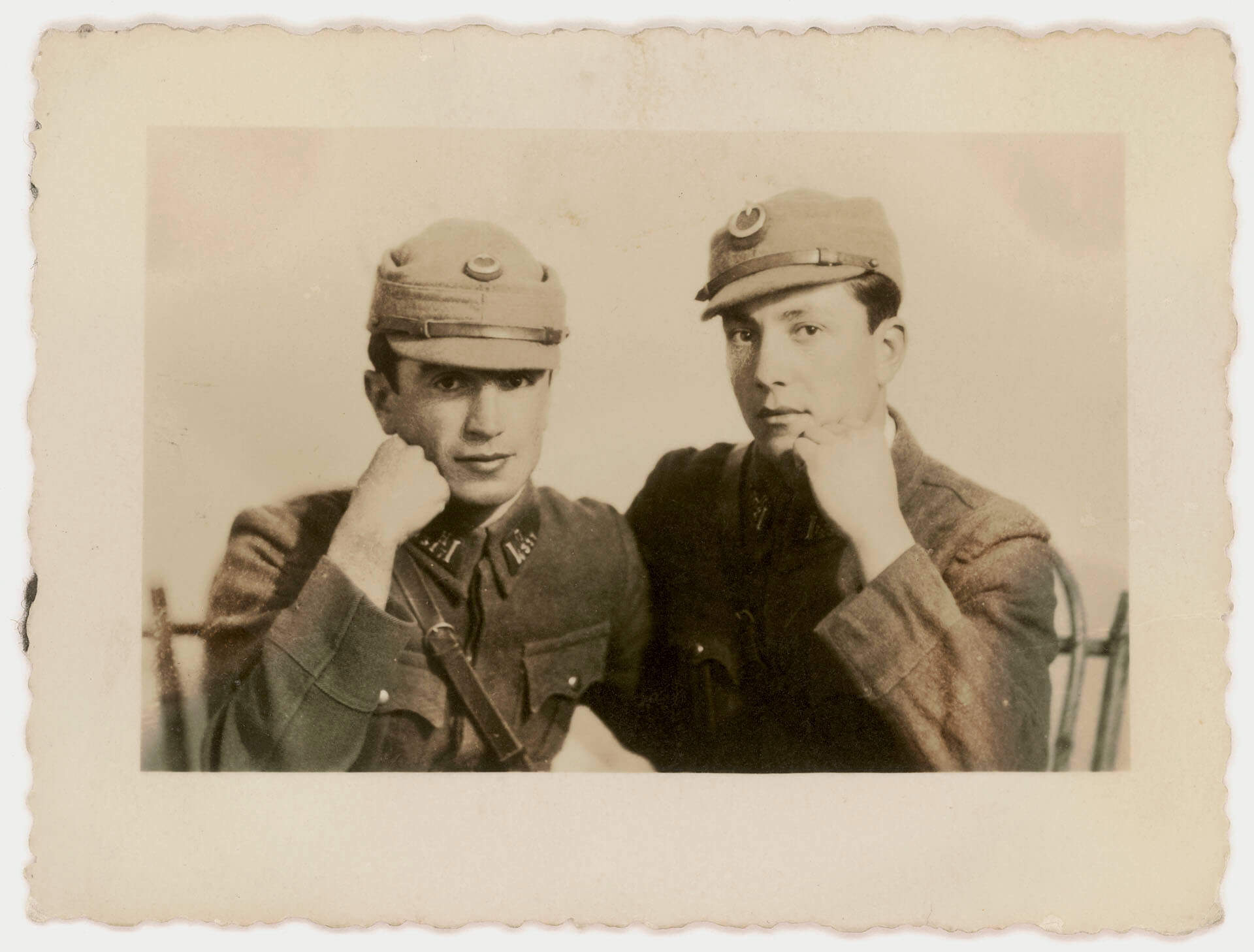
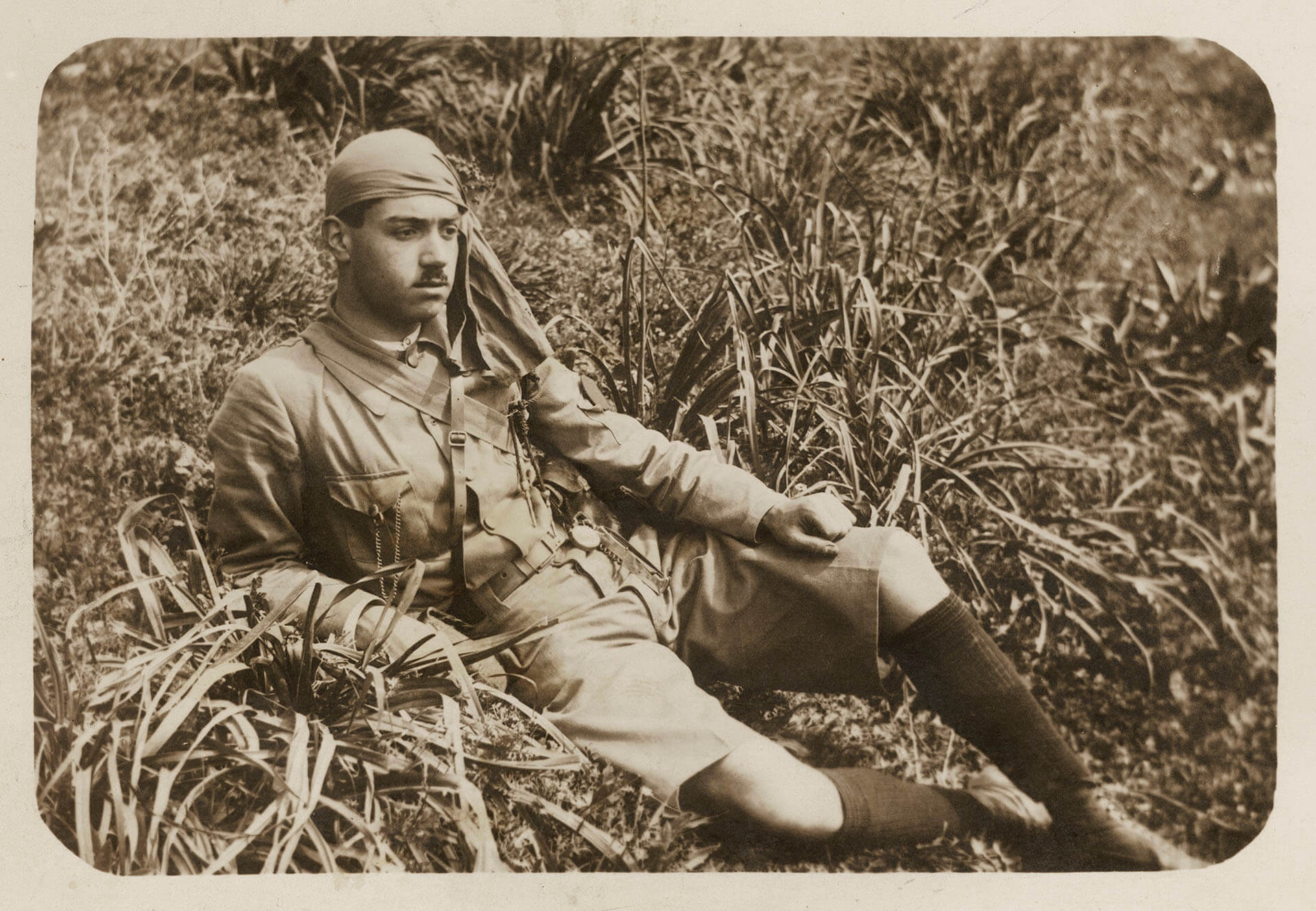
Video stills. Courtesy the artist
The first part, The Painter, was exhibited at the ICA in London last year and it presents the story of a painter-turned-soldier, a Jewish Tunisian who immigrated to Israel. The ’painter’ was conscripted to the Yom Kippur War as a reservist soldier in 1973 and, in recent years, has undergone treatment for post-traumatic stress disorder, part of which consists of repeatedly recording his memories of the war. These recordings are central to Guez’s new work, and relate directly to his artistic strategy of repetition and storytelling in re-evaluating accounts of the past.
The Architect, a 2-channel video installation comprises the second of the five-part project. The Architect focuses on the story of Kemal P., an architecture student who was recruited to the Turkish army just after he graduated. A two-channel video shows 13 of Kemal’s photographs from 1939 that document the Turkish Republic’s Victory Day Parade in Ankara in August of the same year, and the funeral of the secularizing republic leader, Kemal Ataturk, that took place a few weeks later. By photographing buildings, monuments, and squares, Kemal P. follows the architectural changes that took place in Turkey through its transformation from an empire to a republic, from Ottoman to Turkish. Parallel to documenting the historic evolution of Turkey, a story of friendship unfolds in the photographs between Kemal and Muhammad, both revealed as great admirers of Ataturk and the new, secular Turkey.
Find more of Dor Guez’s works here.



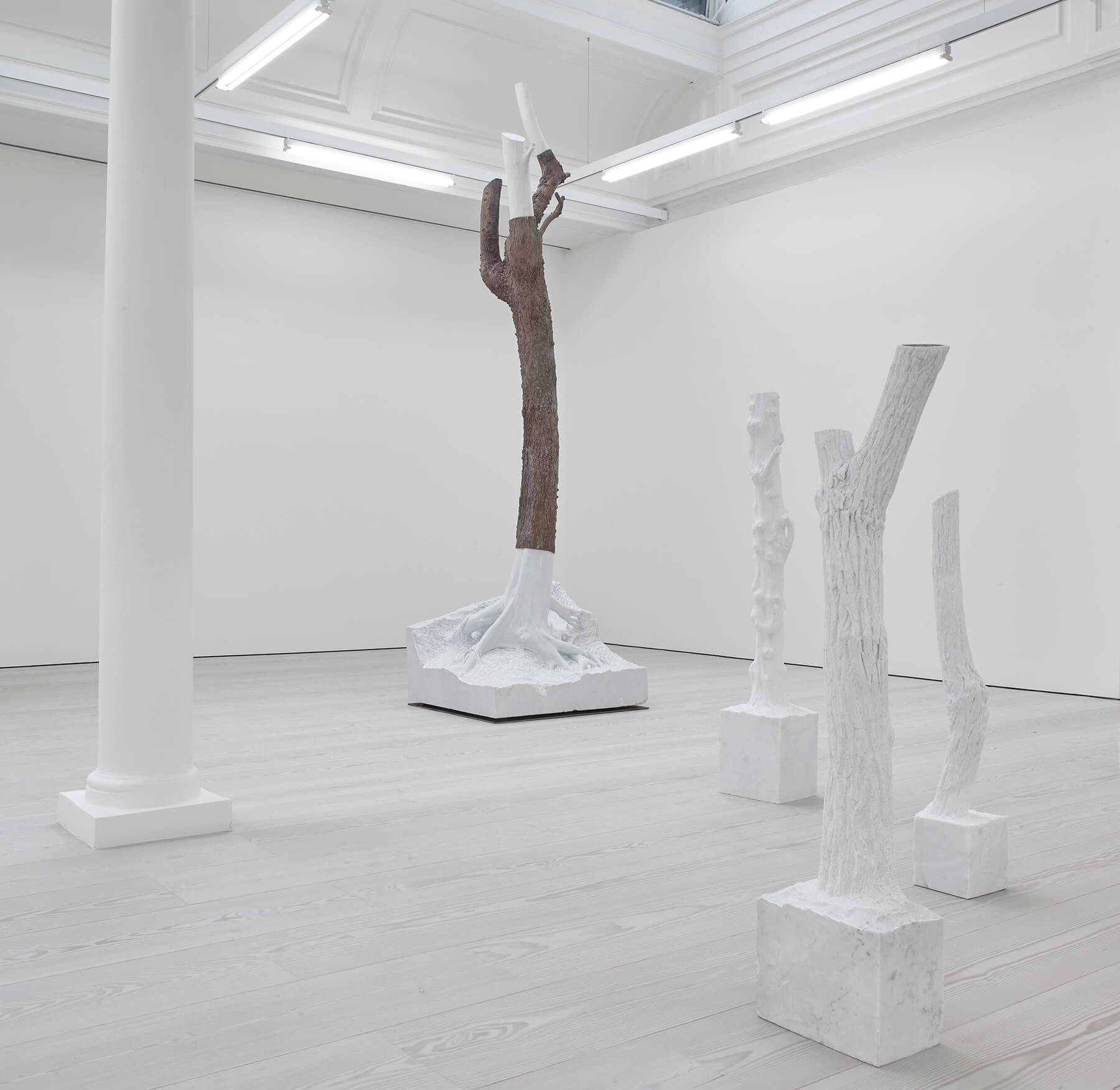
1 Comment
Love “Collapsing Clouds of Gas and Dust”!